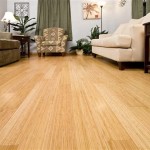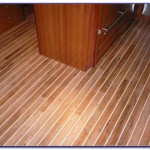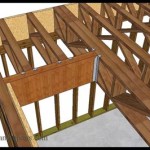Laying Solid Wood Flooring On Joists: Essential Aspects
Solid wood flooring is a timeless option that adds warmth and elegance to any home. If you're considering installing solid wood flooring on joists, it's important to understand the essential aspects involved to ensure a successful outcome.
1. Subfloor Preparation
The subfloor must be structurally sound, flat, and dry. Any uneven areas should be leveled, and any soft spots should be reinforced. If the subfloor is concrete, a vapor barrier should be installed to prevent moisture from damaging the flooring.
2. Joist Spacing
The spacing between joists is critical for the stability of the flooring. For solid wood flooring, joists should be spaced no more than 16 inches apart on center. If the joists are spaced further apart, additional blocking or underlayment may be required.
3. Moisture Content
Solid wood flooring must be acclimated to the environment where it will be installed. This means allowing the flooring to reach a moisture content that is within a few percentage points of the relative humidity of the room it will be installed in.
4. Nailing or Stapling
Solid wood flooring can be nailed or stapled to the joists. Face-nailing or crown-stapling is the preferred method. Use a flooring nailer or stapler to drive nails or staples at a 45-degree angle into the joists, spacing them approximately 6 inches apart along the edges and 10 inches apart in the field.
5. Tongue-and-Groove System
Solid wood flooring planks typically feature a tongue-and-groove system, which allows the planks to interlock. When installing the flooring, start at one end of the room and work your way across. Use a tapping block and hammer or a flooring mallet to gently tap each plank into place, ensuring that the tongues and grooves are properly engaged.
6. Expansion Gap
Solid wood flooring will expand and contract with changes in temperature and humidity. To accommodate this movement, leave a small expansion gap around the perimeter of the room. This gap can be covered with baseboards or moldings.
Conclusion
Laying solid wood flooring on joists requires careful planning and execution. By following these essential steps, including proper subfloor preparation, correct joist spacing, moisture acclimation, and secure fastening, you can achieve a beautiful and long-lasting solid wood flooring installation.

Fitting Wood Flooring Straight To Joists And Beyond Blog

Floor Fitting Freshwoods Experts In Timber Flooring

Considering Installing Hardwood Flooring Over Joists Here S What You Need To Know Kyinbridges Com

How To Fit Wood Flooring Onto Joists Ambience Hardwood

Wood Flooring Blog Laying Oak Onto Joists Peak

Laying Hardwood Flooring On Second Story With No Subfloor

Install Faq The Hardwood Flooring Experts Petes Floors

How To Install Hardwood Floors Directly Over Joists Wood Floor Fitting

Wood Flooring Fitting Methods Compared And Beyond Blog

How To Install Hardwood Floors Directly Over Joists Wood Floor Fitting
Related Posts








